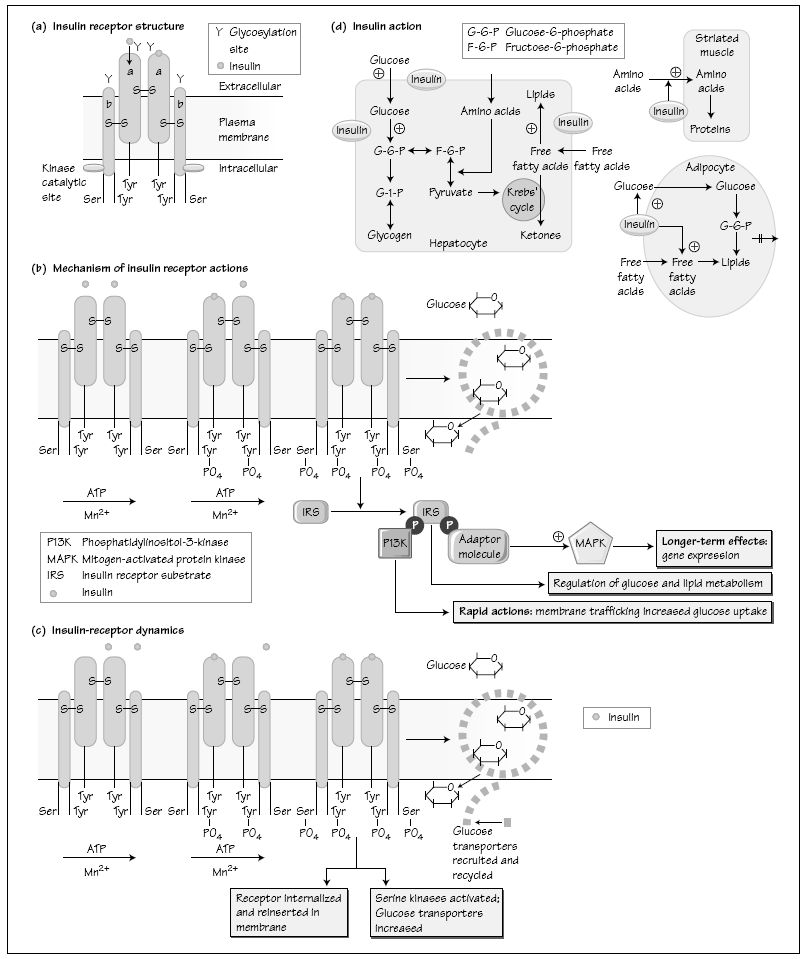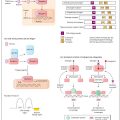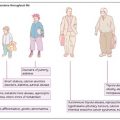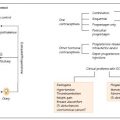
Mrs PC, a 45-year-old woman, was referred to her GP having been found to have a raised random blood glucose measurement at an insurance medical examination. On questioning she admitted to feeling increasingly tired recently and her weight had increased over the preceding year. She smoked 15 cigarettes a day. Her mother and maternal grandfather had Type 2 diabetes. On examination she was obese (body mass index 34kg/m2). Blood pressure was 160/90 and there was an absent posterior tibial pulse at the right ankle. The rest of the examination was normal. Subsequent investigations revealed a fasting blood glucose of12.2 mmol/L, HbAlc 9.2%, cholesterol 7.4 mmol/L, normal renal function, glycosuria of 3+ on dipstix urine testing.
She was strongly advised to stop smoking and treatment was commenced with antihypertensives and lipid-lowering agents. She was seen by the specialist nurse and dietician and advised about monitoring her blood glucose and about diet and exercise. Initially, her progress was slow but she eventually started to lose weight after the introduction of the drug metformin. This was accompanied by improved glycaemic control.
Mechanism of action of insulin
The insulin receptor belongs to a superfamily of transmembrane receptor tyrosine kinases. Other members of this receptor superfamily include the receptors for insulin-like growth factor 1 (IGF-1), epidermal growth factor (EGF) and platelet-derived growth factor (PDGF). The insulin receptor consists of subunits: two alpha subunits and two beta subunits, which are linked covalently to each other by disulphide bridges (Fig. 39a
Stay updated, free articles. Join our Telegram channel

Full access? Get Clinical Tree







